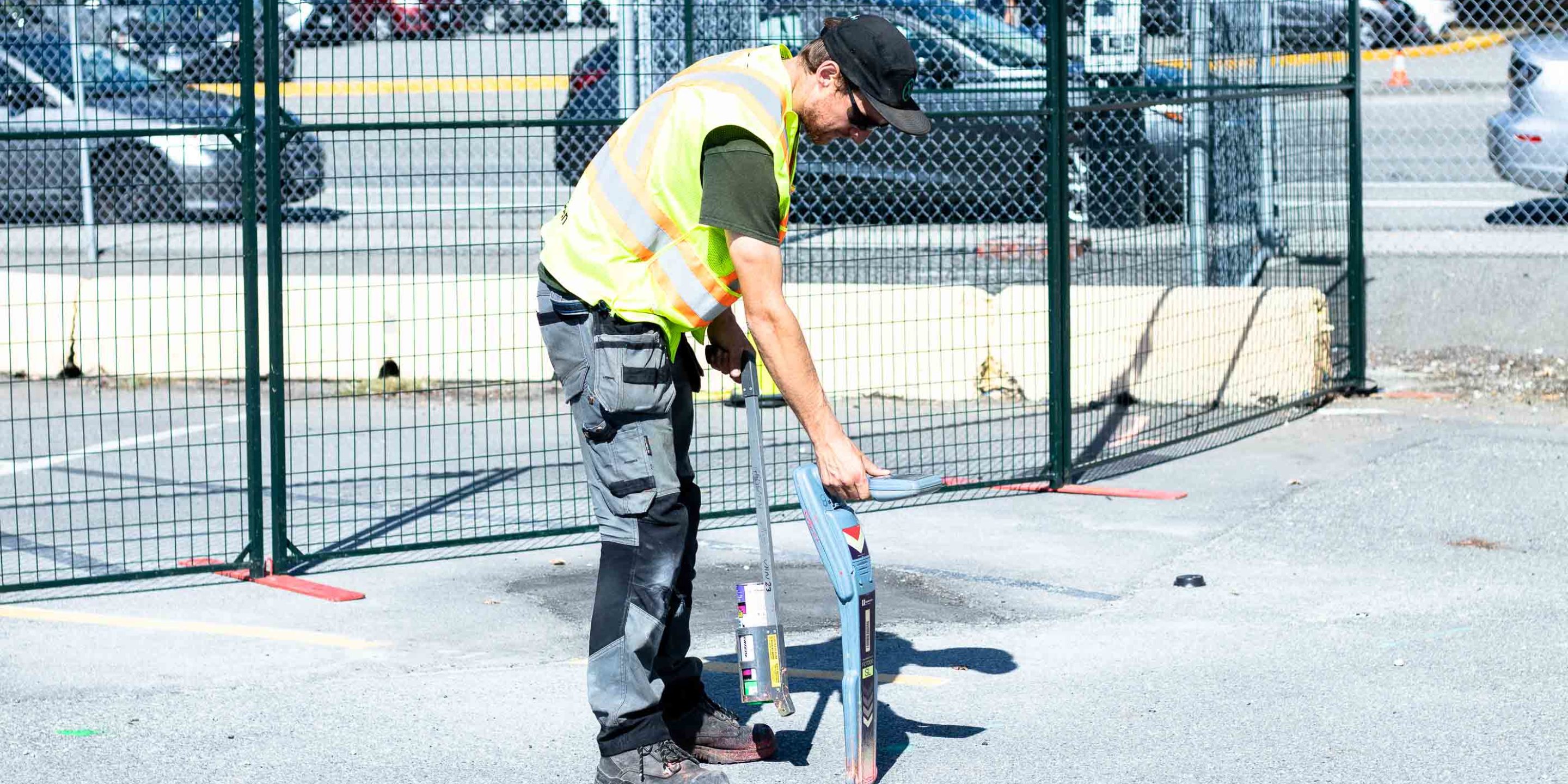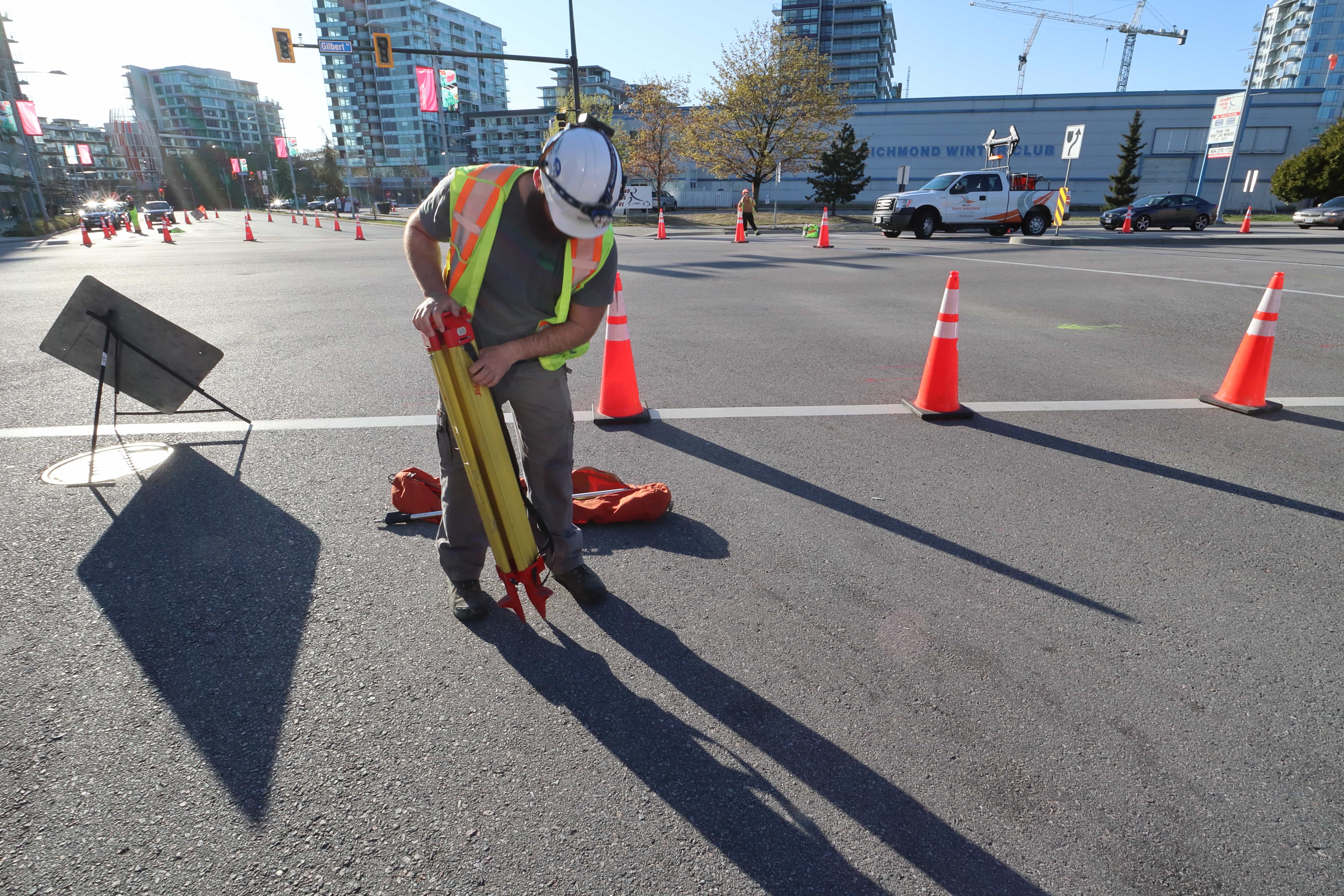VT Electromagnetic Locating: The Ultimate Guide For Modern Detection
VT electromagnetic locating is revolutionizing the way we approach underground utility detection and infrastructure management. Whether you're in construction, utilities, or environmental conservation, this technology plays a crucial role in ensuring safety and efficiency. Imagine being able to pinpoint the exact location of underground cables, pipes, and other utilities without breaking a sweat—or the ground. That’s exactly what this innovative method offers.
In today's world, where underground infrastructure is more complex than ever, having the right tools to locate utilities accurately is essential. VT electromagnetic locating isn't just about finding wires; it's about preventing accidents, saving time, and optimizing resources. This guide dives deep into everything you need to know about this groundbreaking technology.
From its basic principles to advanced applications, we’ll cover it all. Whether you’re a newbie or a seasoned pro, this article will give you the insights you need to master VT electromagnetic locating. So, buckle up, because we’re about to take you on a journey through the fascinating world of underground detection.
What is VT Electromagnetic Locating?
VT electromagnetic locating is essentially a technique used to detect and map underground utilities using electromagnetic signals. The process involves generating an electromagnetic field that interacts with metallic objects beneath the surface. These objects, such as pipes or cables, then radiate their own electromagnetic fields, which can be detected by specialized receivers.
This method is widely used in industries like construction, telecommunications, and utilities because it provides accurate and reliable results without the need for invasive digging. Think of it as a high-tech metal detector, but much more sophisticated and precise.
How Does VT Electromagnetic Locating Work?
The science behind VT electromagnetic locating is pretty straightforward, yet incredibly effective. Here's a quick breakdown:
- Transmitter sends out an electromagnetic signal at a specific frequency.
- This signal is absorbed by conductive materials underground, like copper wires or steel pipes.
- The materials then emit their own electromagnetic field, which is picked up by a receiver.
- The receiver processes the signal and provides data about the location, depth, and type of utility.
It's like a two-way conversation between the transmitter and the underground object, only using electromagnetic waves instead of words. Cool, right?
Why is VT Electromagnetic Locating Important?
Now, you might be wondering why this technology matters so much. Well, here’s the deal: underground utilities are the backbone of modern infrastructure. They power our homes, connect us to the internet, and supply us with water. But they're hidden, and that’s where the challenge lies.
VT electromagnetic locating helps prevent costly mistakes like accidental utility damage during excavation projects. It also reduces the risk of accidents, such as gas leaks or electrical hazards. Plus, it saves time and money by eliminating the need for trial-and-error digging.
The Economic Impact of Accurate Detection
Did you know that utility strikes cost billions of dollars annually in repairs and lost productivity? With VT electromagnetic locating, these costs can be significantly reduced. By accurately identifying the location of underground utilities before any digging begins, companies can avoid costly delays and potential lawsuits.
According to a report by the Common Ground Alliance, utility damage incidents have decreased by 30% in areas where advanced detection technologies are employed. That’s a game-changer for both businesses and consumers.
Applications of VT Electromagnetic Locating
This technology isn’t just limited to one industry. Its versatility makes it applicable across various sectors. Let’s take a look at some of the most common applications:
Construction Industry
In construction, VT electromagnetic locating is a must-have tool. Before any excavation work begins, contractors use this technology to map out the underground utilities in the area. This ensures that they don’t accidentally hit a gas line or water main, which could lead to disastrous consequences.
Telecommunications
For telecom companies, maintaining a reliable network is crucial. VT electromagnetic locating helps them locate and maintain fiber optic cables, ensuring that internet and phone services remain uninterrupted.
Utilities Management
Water, gas, and electricity providers rely on this technology to keep their infrastructure in check. Regular inspections and accurate mapping help them identify potential issues before they become major problems.
Advantages of VT Electromagnetic Locating
So, what makes VT electromagnetic locating stand out from other detection methods? Here are some of its key advantages:
- Accuracy: Provides precise location data, minimizing the risk of errors.
- Non-Invasive: Doesn’t require any digging, making it safe and environmentally friendly.
- Cost-Effective: Saves time and money by preventing unnecessary excavation.
- Versatile: Can be used for a wide range of utilities, including water, gas, electricity, and telecommunications.
These benefits make VT electromagnetic locating an indispensable tool for anyone working with underground infrastructure.
Challenges and Limitations
While VT electromagnetic locating is a powerful tool, it does have its limitations. One of the main challenges is dealing with non-conductive materials. Since the technology relies on electromagnetic signals, it struggles to detect plastics or other non-metallic substances.
Additionally, interference from nearby sources, such as power lines or electronic devices, can affect the accuracy of the readings. That’s why it’s important to conduct surveys in controlled environments whenever possible.
Overcoming Limitations
Researchers and engineers are constantly working to improve the technology. Advances in sensor technology and signal processing are helping to overcome some of these limitations. For example, new devices can now detect non-metallic utilities by using ground-penetrating radar in conjunction with electromagnetic locating.
It’s a bit like having a superpower, but for underground detection.
Tools and Equipment
When it comes to VT electromagnetic locating, having the right tools is crucial. Here are some of the most commonly used devices:
Transmitters
Transmitters are used to generate the electromagnetic signals that interact with underground utilities. They come in various shapes and sizes, depending on the specific application. Some are handheld, while others are mounted on vehicles for larger-scale projects.
Receivers
Receivers are the devices that pick up the signals emitted by underground utilities. They provide real-time data about the location, depth, and type of utility. Modern receivers often come equipped with GPS capabilities, allowing for precise mapping.
Accessories
Additional accessories, such as antennas and probes, can enhance the performance of the equipment. These tools help fine-tune the detection process and improve accuracy.
Training and Certification
Using VT electromagnetic locating effectively requires proper training and certification. Operators need to understand the principles behind the technology, as well as how to use the equipment correctly.
There are several organizations that offer training programs and certifications in underground utility detection. These programs cover everything from basic operation to advanced troubleshooting techniques.
Why Certification Matters
Certification ensures that operators have the knowledge and skills necessary to perform accurate and safe surveys. It also demonstrates a commitment to professionalism and quality, which is crucial in industries where precision is key.
Future Trends in VT Electromagnetic Locating
The field of underground utility detection is constantly evolving. Here are some of the trends shaping the future of VT electromagnetic locating:
AI and Machine Learning
Artificial intelligence and machine learning are being integrated into detection systems to improve accuracy and efficiency. These technologies can analyze vast amounts of data to identify patterns and make predictions, helping operators make better-informed decisions.
Integration with IoT
The Internet of Things (IoT) is revolutionizing the way we interact with technology. By connecting detection devices to the IoT, operators can access real-time data from anywhere in the world. This enhances collaboration and streamlines workflows.
Conclusion
VT electromagnetic locating is a game-changing technology that’s transforming the way we approach underground utility detection. Its accuracy, versatility, and cost-effectiveness make it an invaluable tool for industries ranging from construction to telecommunications.
As we’ve seen, this technology isn’t without its challenges, but ongoing advancements are helping to overcome these limitations. With the right tools, training, and techniques, VT electromagnetic locating can provide reliable and accurate results every time.
So, what’s next? If you’re ready to take your detection game to the next level, start by investing in quality equipment and training. And don’t forget to share this article with your colleagues—knowledge is power, and together, we can make underground infrastructure safer and more efficient.
Table of Contents
- What is VT Electromagnetic Locating?
- Why is VT Electromagnetic Locating Important?
- Applications of VT Electromagnetic Locating
- Advantages of VT Electromagnetic Locating
- Challenges and Limitations
- Tools and Equipment
- Training and Certification
- Future Trends in VT Electromagnetic Locating
- Conclusion



Detail Author:
- Name : Gus Schimmel DVM
- Email : sanford.delaney@ullrich.com
- Birthdate : 1997-02-15
- Address : 73984 Kuhlman Locks Apt. 514 Mallieview, AL 56653-3194
- Phone : +1.458.464.0407
- Company : Morar, Bins and Lueilwitz
- Job : Electrical Parts Reconditioner
- Bio : Voluptatem eligendi et vel non qui. Deserunt cumque occaecati laborum et sit nostrum ad. Officia perspiciatis ut aliquid quod.